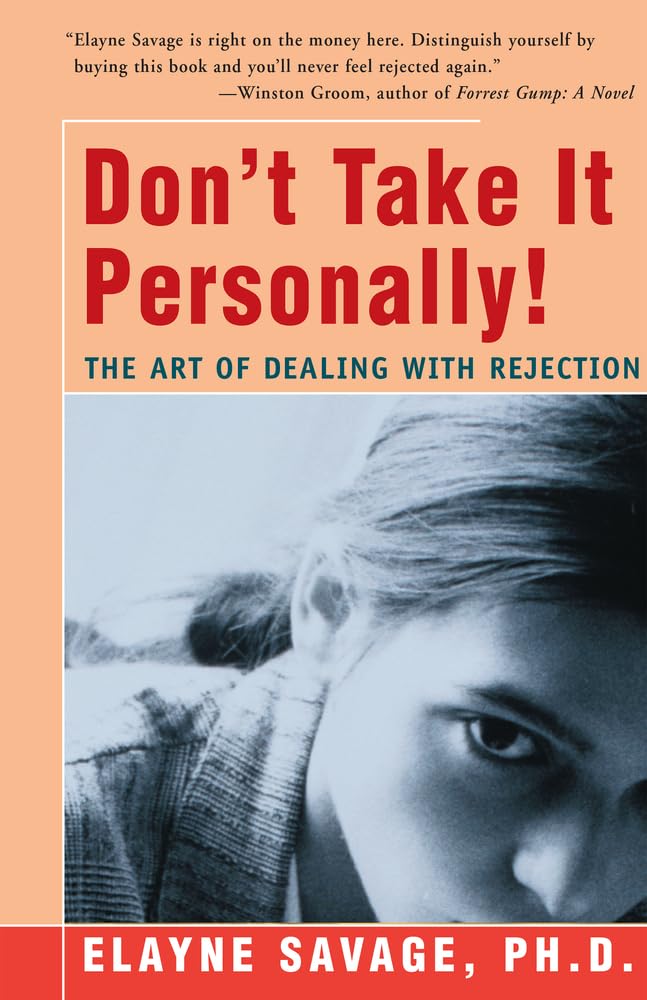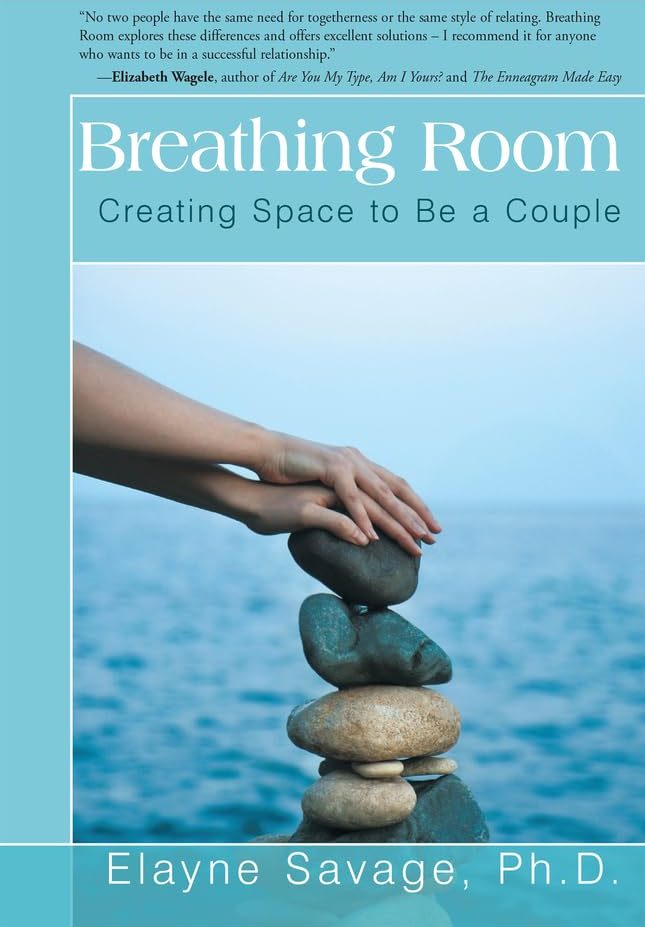Ever since January 6, with the invasion of the Capitol, I was finding myself dreading to hear the detailed stories from members of Congress describing their experiences of evacuating and going into hiding – on the floor and under tables.
And how they were afraid during all those hours that they were going to die.
And some had family members with them that day.
I felt sick to my stomach knowing that many of them would be having long-term effects from their traumatic experiences.
And I was also dreading it because I knew some of their stories would reawaken many of my own experiences of trauma and fear.
For decades, as a Child Protective Services Social Worker and a psychotherapist in private practice, I have heard stories from clients about experiencing life-threatening situations. Sometimes their own, and sometimes as a witness to situations of others.
And then, there are my own memories of fearful sometimes life-threatening situations.
With many of the stories I hear my own memories come flooding back – of all the times I thought I was going to die.
Memories and visceral reactions resurface when I hear stories of these kinds of traumas. I have come to expect that many of them will recreate the traumas I have experienced as a child and during my often dangerous job as a Social Worker in San Francisco.
I’m writing this to describe how easily events – even seemingly subtle ones – can be traumatizing — and might affect each of us in different ways. We all have different ways of processing and different degrees of resilience.
As a young child, being on the receiving end of someone’s repeated out-of-control rage takes a toll as learned years later.
A neighborhood bully tried to strangle me in the alley when I was little kid in DC. And this happened again a few years later in Omaha.
A Social Service client tried to strangle me when I was temporarily working in General Assistance, found she was already receiving checks from us and had to deny aid to her. She was pretty upset, walked behind my desk grabbed me by the throat and pushed me against the wall. I had just returned to work after having a baby. It took years to recover from that frightening experience. And it took me a while to figure out those early strangling attempts contributed to my distress.
And once when I was making home visits and stopped at a traffic light, someone fired into the rear window just behind my drivers seat. Another social worker was in the front seat. We never, ever talked about the incident.
Then there was the time in San Francisco when my car was hit from behind by a streetcar — right into the path if an oncoming streetcar which thankfully was able to stop 3 or 4 feet from me. In those few moments I thought I was going to die.
Several decades later I was broadsided by someone who ran a light. As I watched the car coming at me, once again I thought I was going to die. It took me a while to figure out this was surely a post–traumatic response to the streetcar experience.
For months after that accident I started shaking very time I saw a car insurance ad on TV – complete with crash sounds. It took a while for me to realize my frightening streetcar experience of all those years ago was affecting my reaction to being broadsided.
I decided to do something about it!
EMDR
I knew that Eye Movement Desensitization and Reprocessing (EMDR) would be helpful in dealing with the neural pathways because I had trained in it 3 decades ago.
EFT
I wanted to try something new so I choose to try using the Emotional Freedom Technique (EFT) and my doctor referred me to a practitioner. It took one only session for me to learn to calm the anxiety that arose from the sights and sounds of the TV car crashes and other loud noises.
And of course, as a psychotherapist, I know how helpful it is to talk to someone knowledgeable about trauma.
Here’s what was happening in my brain
The brain takes snapshots and encodes certain aspects of what is happening in the moment. And the stress hormones come into play. Adrenaline, norepinephrine and cortisol are activated by the amygdala and result in fight, flight or freeze reactions.
These central (survival) details are imprinted, encoded and put into life-long storage in the neural pathway. Each new fear-inducing traumatic situation can bring on a kind of PTSD – with renewed spurts of the stress hormones during a new experience, often repeating over the course of our lives.
Many times we don’t even exactly know what sets it off, but there it is.
According to neuroscience the human brain processes, files and stores memories that are linked to strong emotions. The amygdala is the processing center for emotional responses. During a traumatic event it screens the information you take in by your five senses – sounds, smells, sights, tastes, touch.
When certain powerful memories are triggered by a specific cue there may be an emotional or body reaction – a visceral reaction. Often we don’t realize what prompts us to get so upset and upon reflection it turns out to be some kind of stored memory. A ticking clock, the taste or smell of certain food, your fingertips touching something.
Here’s the puzzling part for many of us: while certain aspects of the trauma are imprinted on our brain often for the rest of our lives, other aspects may be fuzzy or not remembered at all.
We tend to remember the essential, central, survival details, and the peripheral details get filtered out by the brain’s filing system – the hippocampus.
Recently there has been a distinction between PTSD and CPTSD which means Complex Post-traumatic Stress Disorder.
What is PTSD? What is Complex PTSD?
Post-traumatic stress disorder (PTSD) – Symptoms and causes …
www.mayoclinic.org › symptoms-causes › syc-20355967
Post–traumatic stress disorder (PTSD) is a mental health condition triggered by a terrifying event, causing flashbacks, nightmares and severe anxiety.
The event can be witnessed rather then personally experience.
CPTSD results from repeated trauma over months or years, rather than a single event..
It can be the same situation repeated or a series of terrifying experiences.
More on PTSD and CPTSD:
https://www.healthline.com/health/cptsd
More about How Trauma Affects Memory:
https://www.npr.org/sections/health-shots/2018/09/28/652524372/how-trauma-affects-memory-scientists-weigh-in-on-the-kavanaugh-hearing
https://www.wisegeek.com/what-is-the-relationship-between-the-amygdala-and-hippocampus.htm
How Memories Are Affected by Anniversary Reactions:
https://www.huffingtonpost.com/matthew-d-erlich-md/grief_b_1164254.html
http://www.tipsfromthequeenofrejection.com/2013/08/my-mother-my-daughter-myself-and-a-powerful-anniversary-reaction.html
About the Difference Between Central vs. Peripheral Memory Details
https://beta.nbcnews.com/think/opinion/christine-blasey-ford-s-memories-brett-kavanaugh-are-30-years-ncna913511
Another type of trauma which we so often don't recognize as PTSD, is the loss of someone. This is especially true if we lose a parent or grandparent when we are children or young adults. Even more devastating if we are not supported in grieving the death.
Both books are now available on Kindle!
To order DON'T TAKE IT PERSONALLY! THE ART OF DEALING WITH REJECTION from Amazon:
amzn.to/2bEGDqu
You can use the articles in 'Tips from The Queen of Rejection'® as long as you include an attribution and, whenever possible, a live link to my website. I'd appreciate if you'd notify me where and when the material will appear.
The attribution should include this information: Elayne Savage, PhD is a communication coach, keynote speaker, and trainer, practicing psychotherapist and author of Don't Take It Personally! The Art of Dealing with Rejection and Breathing Room – Creating Space to Be a Couple.
To find out more about my speaking programs, coaching and consultation services visit: //www.QueenofRejection.com or call 510-540-6230 if you or your group can benefit.
Contacting Elayne
I welcome your feedback as well as suggestions for topics you'd like to see addressed in this e-letter.
Here's how you can reach me:
510-540-6230
elayne@QueenofRejection.com
For more communication and rejection tips, you can follow me:
Twitter@ElayneSavage
LinkedIn.com/in/elaynesavage
Facebook.com/elayne.savage


Leave a Reply